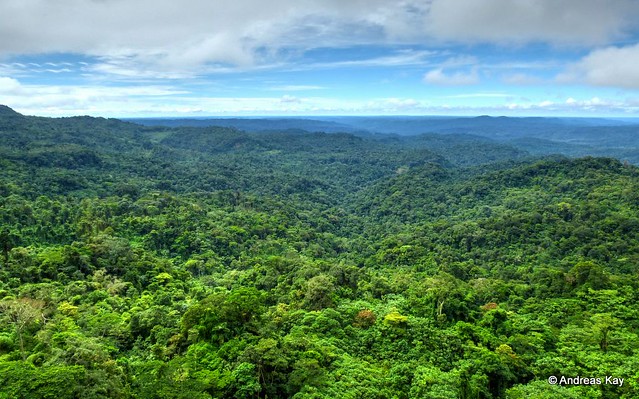

In February, every three years, in Sarayaku, a Kichwa community on the banks of the Bobonaza River, in the Ecuadorian province of Pastaza, about 60 km from the city of Puyo, the Uyantza Raymi festival is celebrated, the festival of nature ( the living forest, or Kawsak Sacha).
The Bobonaza River flows into the Pastaza River, and the latter into the Marañón, ending in the great Amazon River, the great river network that connects the indigenous communities in the jungle.
Traditional festival of the Ecuadorian East
The first day of the preparations for the festival, which lasts a week, is headed by the four Yachukkuna, the hosts of the festival: Lanza, Wamiwawa, Kariwawa and Russian Mama.
March 2, 2020

The harvest festival in the Amazon Rainforest
They congregate to carry out the Yantankichu, which is a kind of collective minga in search of loads of firewood to prepare the chicha that will be drunk at the party, and to roast the food that will be eaten at the celebration.
The town collects firewood so that the womencan prepare the hundreds of liters of chichade yucaque that will be eaten at the party and will be thrown, playing, at each other to have fun.
About 200 young men, the Karikuna, go into the jungle to fish and hunt for fourteen days the animals of the forest that will be the raw material to prepare the great food. It is the Ringichu ritual farewell.
The women, the warmikuna, collect yucca, plantain and corn from the chacras(fields) for the festival. They cook, chew and ferment yucca to prepare chicha. They prepare for the return of the hunters.
A real feast
A few days later the men appear sailing in their canoes down the Bobonaza River, carrying the animals from the forest that they have hunted in those 14 days of absence from the community, dedicated to hunting and fishing.
The womenand children anxiously await the canoes that will appear plying the waters of the Bobonaza River, bringing the meat and skins of the animals they have hunted.
In the distance, the sound of drums announcing the imminent arrival is heard. The men wear animal skins and paint their faces and bodies with wituk, a pigment from the fruit of the same name.
The women wait for them with hundreds of liters of chicha de yuca prepared. The men descend from the canoes and hang the dead animals from the roofs of the huts, preparing for the great shared meal that the women have made.
The meats are counted in detail.
And then begins the preparation of the food and the great feast, Kamari.
You eat and dance to the rhythm of drums that sound frantically without stopping. At the end of the party, the remains of the animals are returned to the jungle from where they were hunted.
The darkest days
Sometimes the village falls silent and scenes of terror are experienced. Rivers rise, and sometimes destroy everything in their path.
This year, in June, the Bobonaza River overflowed its banks and knocked down seven bridges, washed away 13 houses and flooded many farms, losing the entire harvest.
And after the flood came Covid-19. Months later, some members of the indigenous community of Sarayaku were infected, because the emissaries of the government did not arrive with the aid money, and some indigenous community leaders had to travel to the town to claim their payments, and they returned infected.

Dr. Rafael Cartay is a Venezuelan economist, historian, and writer best known for his extensive work in gastronomy, and has received the National Nutrition Award, Gourmand World Cookbook Award, Best Kitchen Dictionary, and The Great Gold Fork. He began his research on the Amazon in 2014 and lived in Iquitos during 2015, where he wrote The Peruvian Amazon Table (2016), the Dictionary of Food and Cuisine of the Amazon Basin (2020), and the online portal delAmazonas.com, of which he is co-founder and main writer. Books by Rafael Cartay can be found on Amazon.com
Related Posts
May 10, 2020

11 Amazon River Cities
October 6, 2019

Top 10 Ecuador Amazon Lodges – Enjoy comfort in the jungle!
October 5, 2019
Ecuadorian Amazon Rainforest
This post is also available in:
![]() Español (Spanish)
Español (Spanish)
